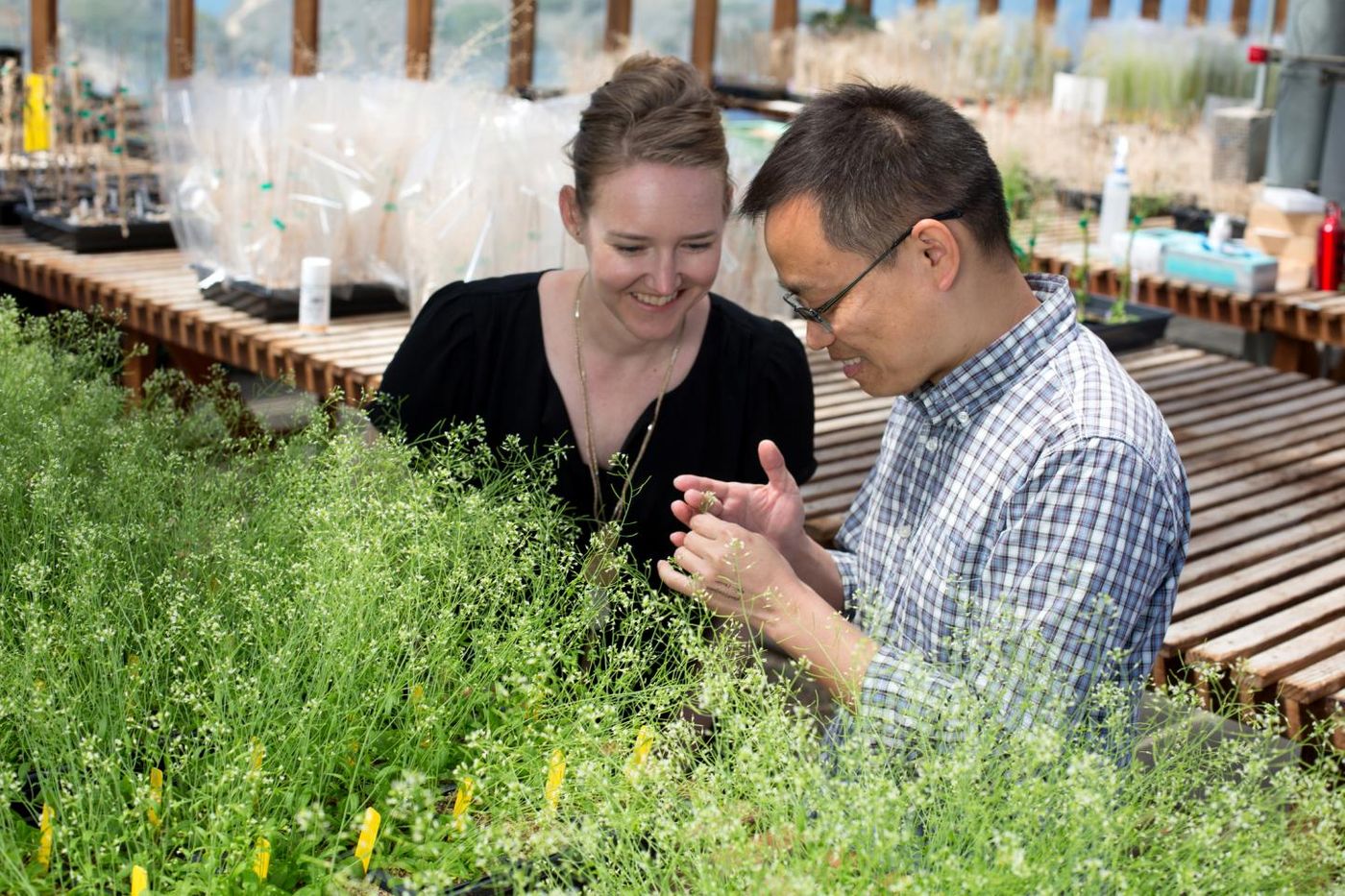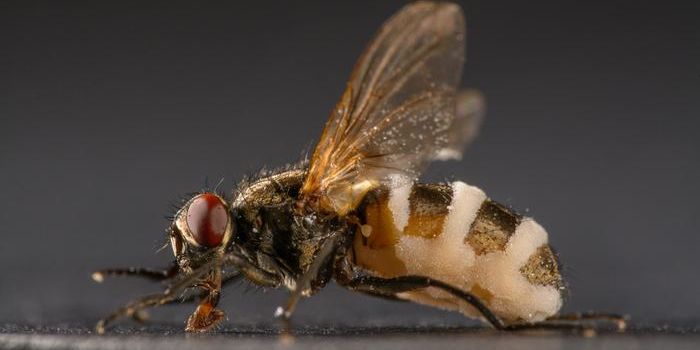Humans carry a little over 20,000 genes, which have to turn off and on in the right places and at the right times. Some genes might be inactive for long stretches at a time. Other regions of the genome can move around to different areas if they aren’t regulated. Our genome has to be strictly controlled. To do so, cells can mark it with tags that essentially say “do not use.” This kind of tag is an epigenetic marker; one type called DNA methylation is commonly used at a variety of levels in different cells and various times. Now researchers at the Salk Institute have identified a group of proteins that control how methylation tags are added.
This research used plants as a model, but it applies to many general cellular processes, like development. It also offers insight into dysfunction in methylation, which can cause problems for an organism. This work has been reported in Nature Genetics.
“If we want to understand how differences in DNA methylation patterns can cause developmental defects in plants or diseases like cancer in humans, we need to understand how DNA methylation is targeted to specific regions of the genome under normal conditions,” explained the senior author of the work, Salk Assistant Professor Julie Law. “Until now, factors able to control methylation in such a precise manner have been elusive.” Law is featured in the video.
The plant Arabidopsis thaliana, a weed, was the first to have its genome sequenced, and scientists including Law have been studying methylation patterns in the genome ever since. Epigenetic tags don’t permanently change a genome but can dramatically affect how genes are expressed. That has generated intense research interest, and the plant is much easier to use for study because they are far more tolerant of methylation defects than animals are. In animals, those changes can kill.
Law’s lab wanted to know more about the regulation of methylation. A protein complex, RNA polymerase IV or Pol-IV, is known to have a role in DNA methylation patterning. Pol-IV generates siRNAs; in plants, they can initiate methylation. To study how Pol-IV is regulated, the scientists decided to focus on the CLASSY family of four proteins. When the genes for those proteins were disrupted, the siRNA signals were lost, and DNA methylation was reduced - one area for each protein. When all proteins were mutated at once, DNA methylation disappeared from the genome.
“In the CLASSY quadruple mutants, the Pol-IV signal completely disappears—essentially no siRNAs are made,” said first author Ming Zhou, a Salk research associate. “This is very strong evidence that CLASSYs are required for Pol-IV function.”
Further study indicated that the CLASSY gene mutations caused some genes to turn on when they shouldn’t. Widespread methylation decreases were observed in mobile DNA elements, which increases the likelihood they will move around and cause problems.
“The CLASSYs are a part of a large superfamily that is common to both plants and animals,” added Law, the Hearst Foundation Development Chair. “We hope that by understanding how specific methylation patterns are generated in plants, we can provide insights into how DNA methylation is regulated in other organisms.”
Epigenetic tags have been linked to changes in crop yield, as well as disease; understanding how epigenetic tags are regulated could help solve those problems. The lab also wants to know more about the control of methylation patterns during development, and the impact of the environment.
Sources: AAAS/Eurekalert! Via Salk Institute, Current Genomics, Nature Genetics









